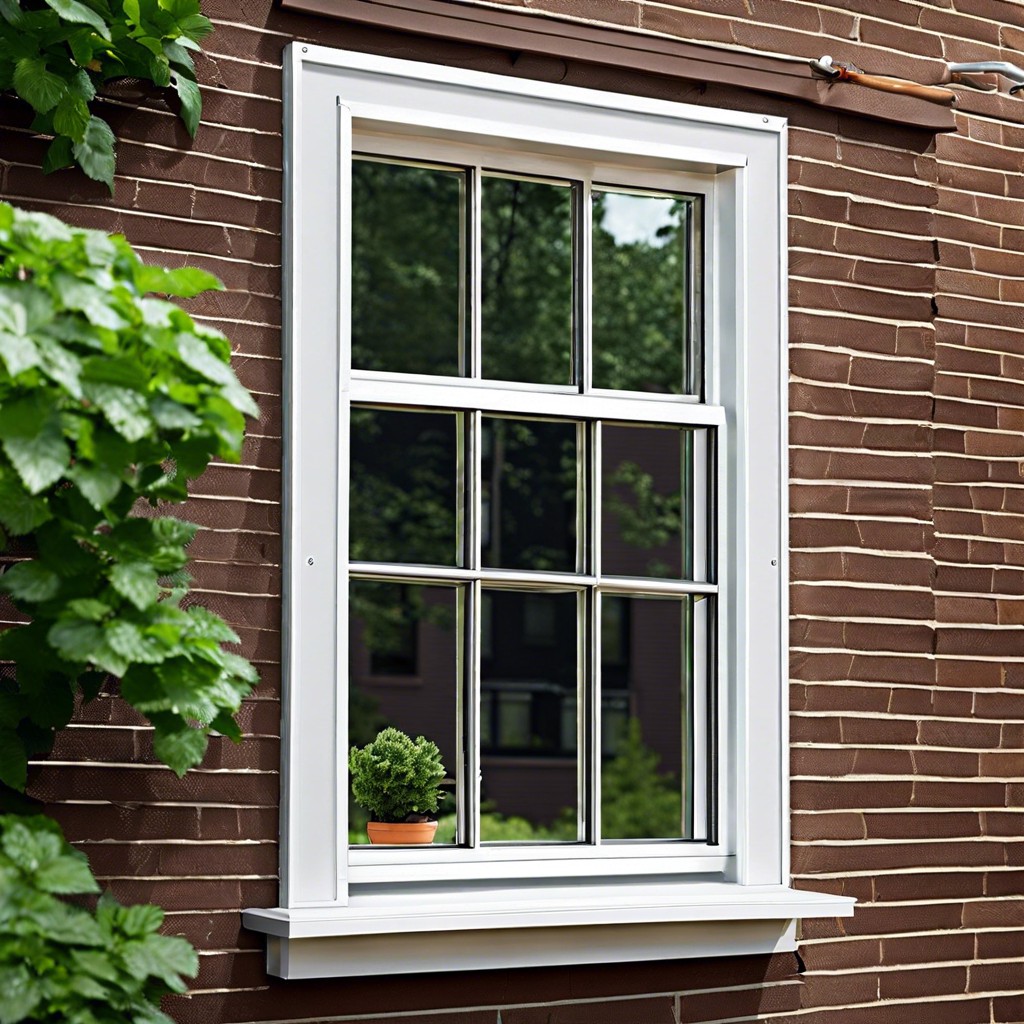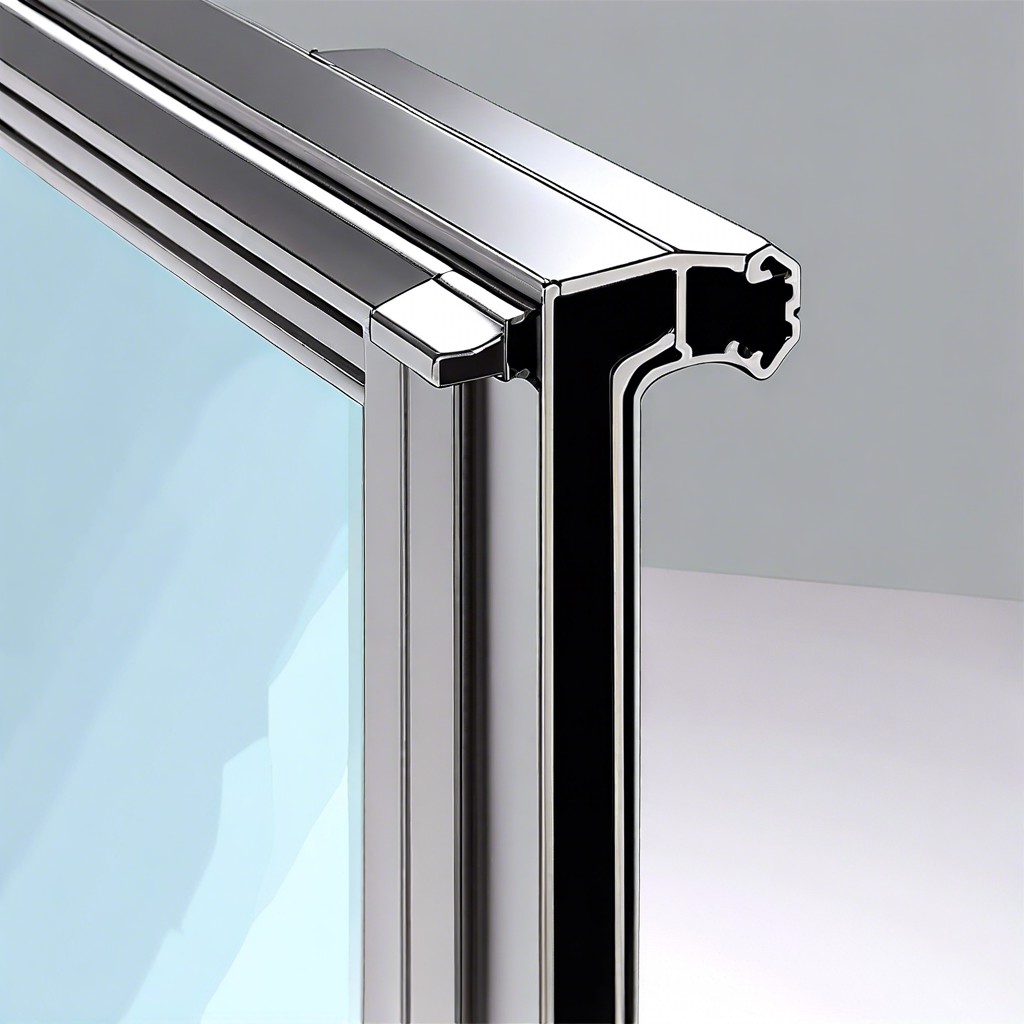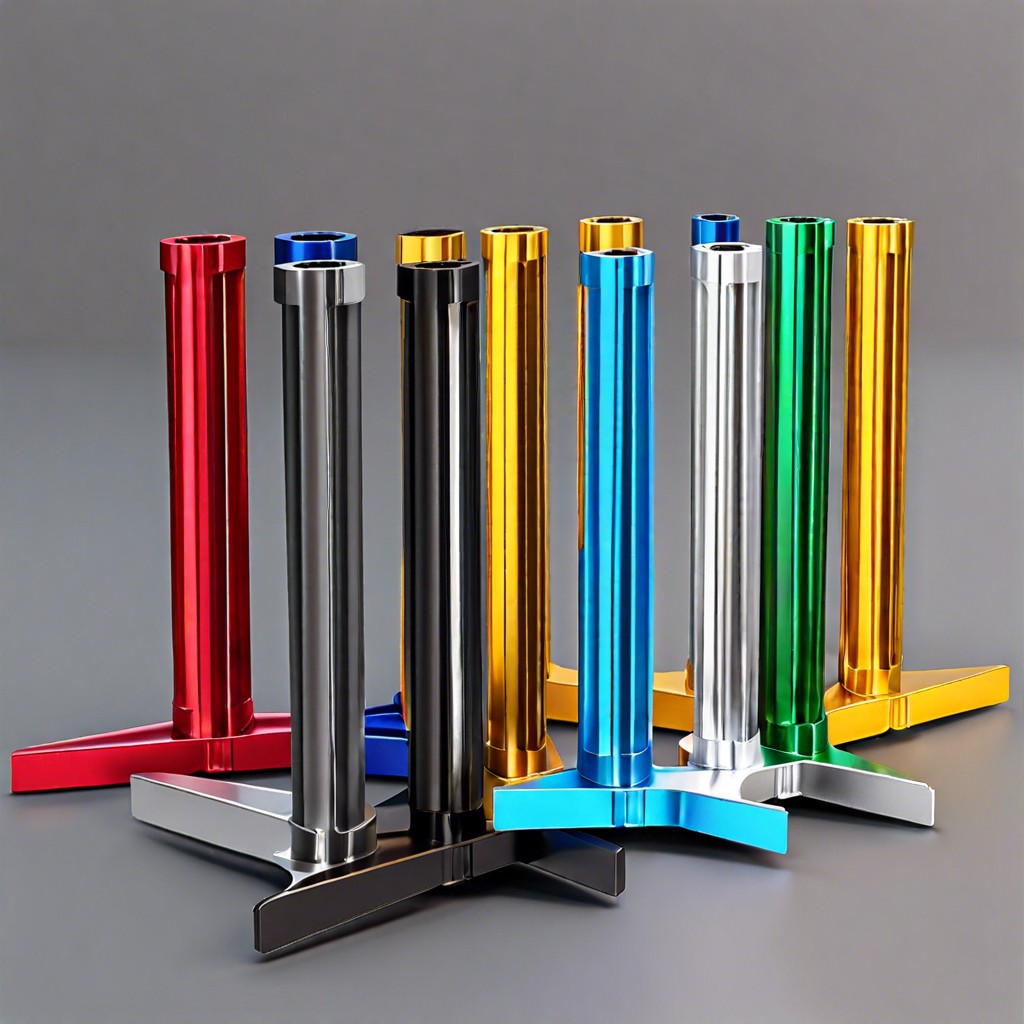Explore effective window insulation techniques that combat energy loss and help you save money on your electricity bills in this post.
As a child, I remember sitting by the window on cold winter days, watching the snowflakes fall and feeling the chill seep through the glass. It was a magical sight, but it also meant that our heating bill would skyrocket as we tried to keep our home warm.
As an adult and a blogger in the house window industry, I’ve learned that many homeowners face this same issue of energy loss through their windows. But fear not! There are techniques for insulating your windows and combating energy loss that won’t break the bank.
This blog post shares some of these techniques so you can enjoy those snowy views without worrying about your heating bill. Let’s get started!
Energy Loss: Causes
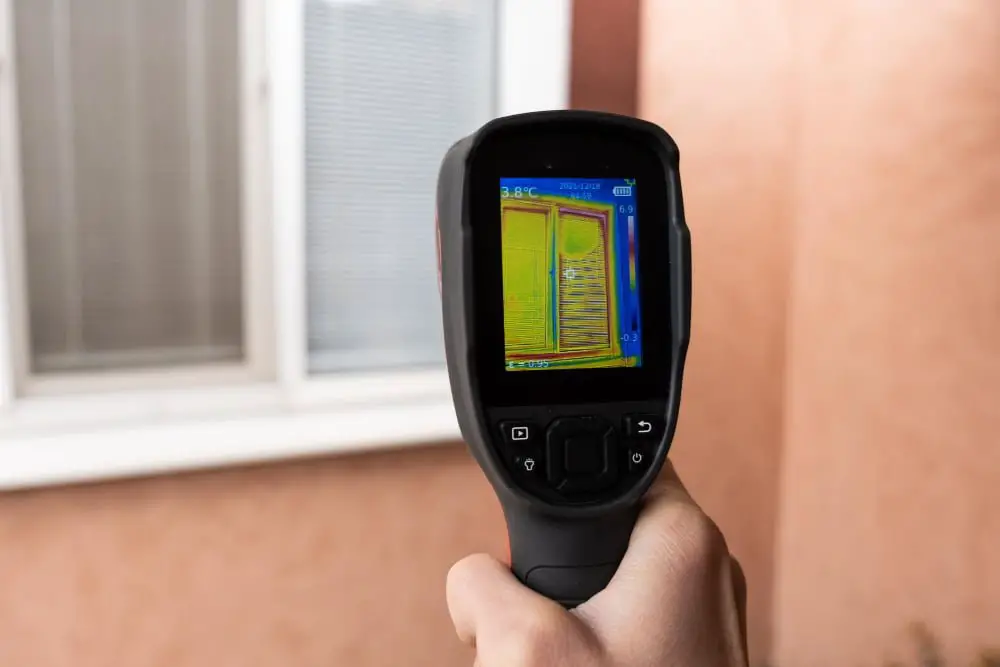
As I mentioned in the intro, energy loss through windows is a common issue that many homeowners face. But what causes this energy loss? There are several factors at play here.
First and foremost, windows are not as insulated as walls or roofs, which means they allow heat to escape more easily. Older windows may have gaps or cracks that let air flow in and out of your home.
But it’s not just about keeping warm air inside during the winter months – window insulation can also help keep cool air inside during hot summer days! By preventing unwanted heat from entering your home through your windows you can reduce cooling costs too.
Now that we know what causes energy loss through our windows let’s dive into some techniques for insulating them effectively without breaking the bank!
Insulation Materials
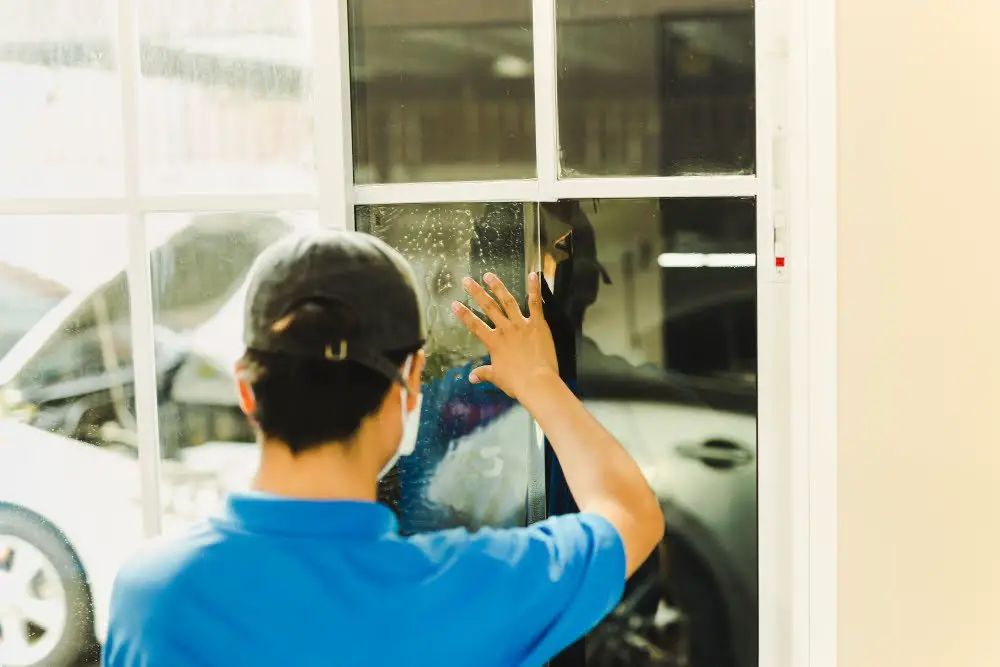
Now that we’ve established the importance of insulating your windows, let’s dive into some of the materials you can use to do so. One popular option is weatherstripping, which involves sealing gaps around your window frames with adhesive-backed foam tape or silicone caulk.
This method is affordable and easy to install yourself.
Another material commonly used for insulation is window film. Window film comes in a variety of types and styles, but they all work by creating an additional layer on top of your existing windows that helps trap heat inside during colder months while reflecting sunlight away during warmer months.
If you’re looking for a more permanent solution, consider upgrading to double-paned or triple-paned windows. These types of windows have two or three layers separated by gas-filled spaces that act as insulation barriers against energy loss.
No matter which material you choose, remember: proper installation is key! Even the best materials won’t be effective if not installed correctly. So take care when applying weatherstripping or installing new panes – it’ll pay off in lower energy bills and greater comfort throughout those chilly winter days (and nights).
Weatherstripping Techniques
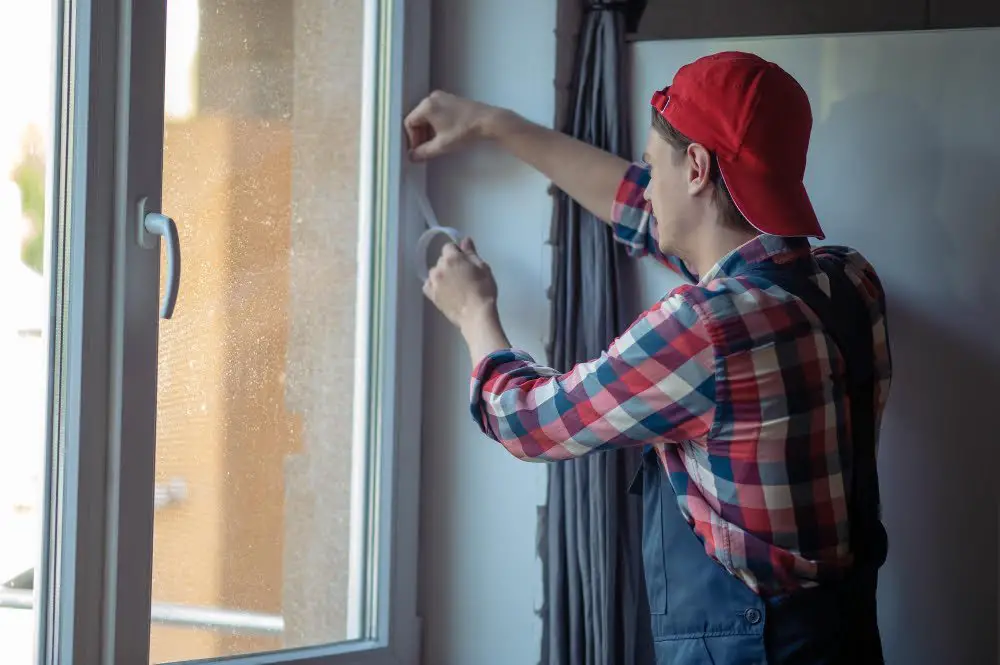
One of the most effective ways to insulate your windows is through weatherstripping techniques. As a homeowner, I’ve tried various methods over the years and have found that weatherstripping not only helps with energy loss but also reduces noise pollution from outside.
There are several types of weatherstripping materials available in the market such as foam tape, V-strip, door sweeps and more. However, my personal favorite is silicone-based adhesive strips because they’re easy to install and provide an airtight seal around window frames.
Last winter when we had our first snowfall of the season; I was excited to watch it fall without feeling any cold drafts coming through my windows thanks to these strips! Not only did it keep me warm but also saved us money on heating bills.
If you’re looking for an affordable way to combat energy loss through your windows while reducing noise pollution at home – consider using silicone-based adhesive strips or other suitable options for sealing gaps around window frames. It’s a small investment that can make all the difference in keeping your home cozy during those chilly months!
Caulking Solutions
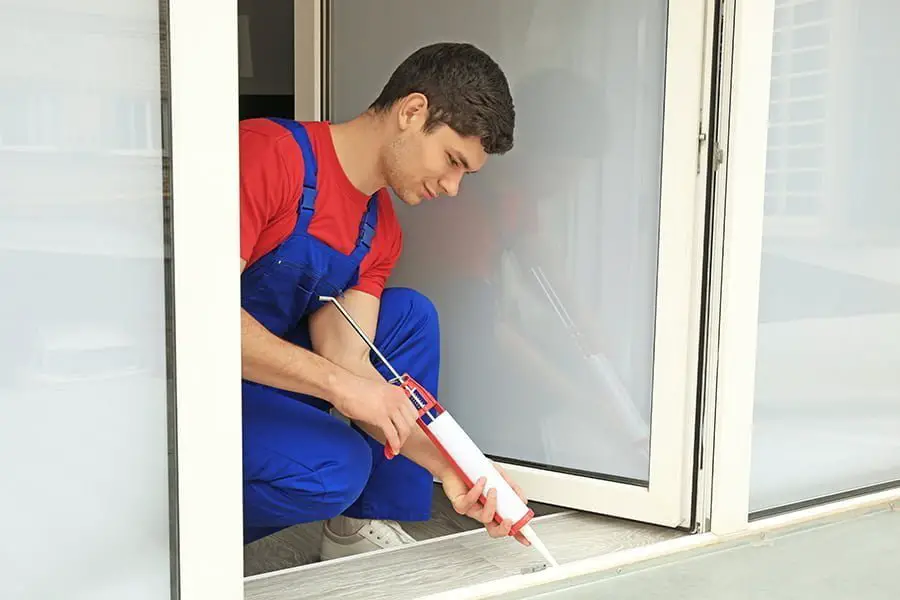
One of the most effective ways to insulate your windows is by using caulking solutions. Caulk is a flexible material that can be used to seal gaps and cracks around your window frames, preventing drafts from entering and heat from escaping.
As I grew older, my parents began using caulking solutions on our windows as a way to combat energy loss. They found it easy enough for them to do themselves with just a few simple tools like caulk guns and putty knives.
There are different types of caulk available in the market such as silicone, acrylic latex or polyurethane-based ones. Each type has its own advantages depending on where you plan on applying it.
When applying caulk, make sure that the area around your window frame is clean and dry before starting. Apply an even bead of caulk along any gaps or cracks you find in the frame then use a putty knife or finger (with gloves) to smooth out any excess material.
Caulking may seem like an insignificant task but trust me when I say this – It makes all the difference! By sealing up those tiny openings around your windows with caulks will help keep warm air inside during winter months while keeping hot air outside during summer months which ultimately leads towards lower energy bills throughout year-round!
Thermal Curtains
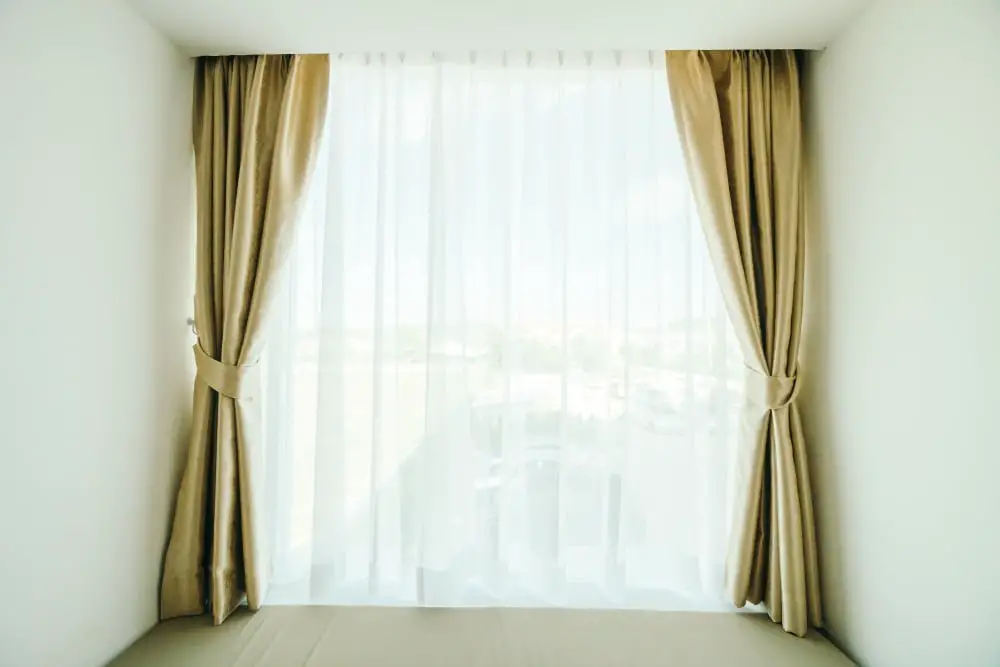
One of the easiest and most cost-effective ways to insulate your windows is by using thermal curtains. These curtains are designed with a special lining that helps to trap heat inside your home, preventing it from escaping through the window.
As I continued my research on energy-efficient window solutions, I stumbled upon thermal curtains and decided to give them a try in my own home. The results were impressive! Not only did they help keep our house warm during those cold winter days, but they also added an extra layer of privacy and style.
Thermal curtains come in various styles and colors so you can choose one that matches your decor while still providing insulation benefits. They’re easy to install too – simply hang them up like regular curtains.
If you’re looking for an affordable way to combat energy loss through your windows without sacrificing style or comfort, then consider investing in some thermal curtains today!
Window Film Application
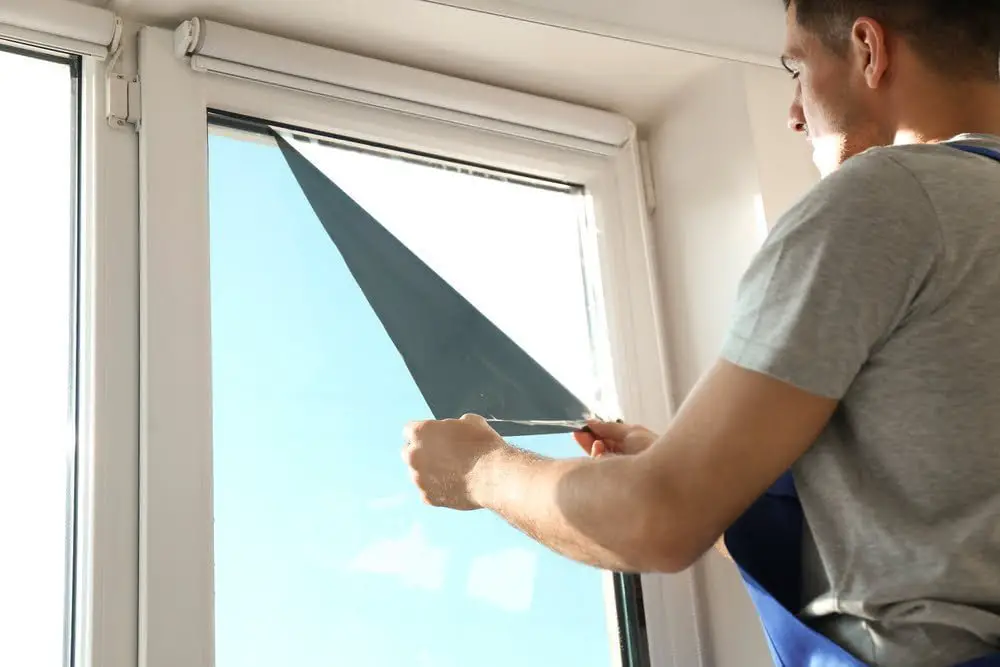
One of the most cost-effective ways to insulate your windows is by applying window film. Window films are thin, transparent sheets that can be easily installed on your existing windows.
They work by creating a barrier between the interior and exterior of your home, preventing heat from escaping during winter months and keeping cool air inside during summer months.
As I researched different types of window films for my own home, I found that there were many options available in terms of thickness and material. Some films even have UV-blocking properties which can help protect furniture from fading due to sun exposure.
After selecting a high-quality film suitable for my needs, I followed the manufacturer’s instructions carefully while installing it myself.
The process was straightforward:
- clean the glass surface thoroughly before application with soap water or rubbing alcohol
- cut out pieces according to measurements
- peel off backing paper
- apply adhesive side onto glass surface starting at one corner then smoothing out any bubbles as you go along
The result? A noticeable difference in temperature regulation within our home! Not only did we save money on heating bills but also enjoyed an unobstructed view through clear film without compromising privacy or aesthetics.
If you’re looking for an affordable way to combat energy loss through windows without sacrificing natural light or views outside – consider investing in quality window film today!
Draft Stoppers Usage
One of the easiest and most cost-effective ways to insulate your windows is by using draft stoppers. These are long, narrow tubes filled with materials like foam or sand that you can place at the bottom of your window frames to prevent cold air from seeping in.
I remember my mother using draft stoppers when I was a child, and they made a noticeable difference in keeping our home warm during those harsh winters. Nowadays, there are many different types of draft stoppers available on the market – some even come with cute designs that add an extra touch of decor to your home.
But don’t just take my word for it – according to energy.gov, “drafts can waste 5% to 30% of your energy use.” That’s money down the drain! By simply investing in some affordable draft stoppers and placing them strategically around your windowsills, you could save yourself hundreds on heating bills each year.
Of course, this is just one technique for combating energy loss through windows. In upcoming sections we’ll explore other methods such as weatherstripping and window film insulation so stay tuned!
Recap

